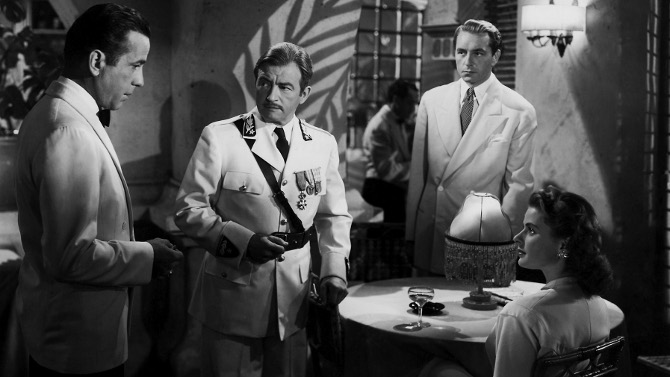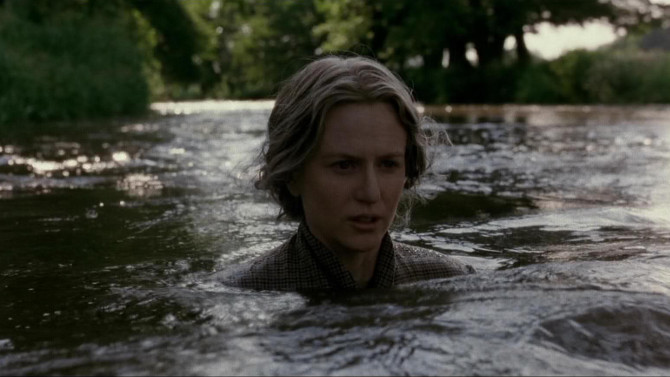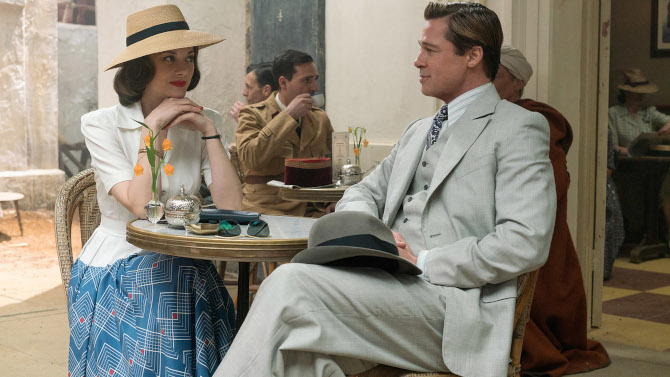
Déjà vu Dalliance
Channeling the mesmeric movies churned out by the studio system back in the 1930s and 40s, Allied (2016), directed by Robert Zemeckis, channels the likes of Morocco, Casablanca, Across the Pacific, Gilda, To Have and Have Not, and numerous others – attempting to find a spark from the classic themes of melodrama, romance, suspense and the epic nature of the annals of the cinematic past, with quite successful results. Set the year Casablanca and Across the Pacific were released – 1942, the story in fact starts in Morocco, with recently parachuted in Canadian spy Max Vatan (Brad Pitt) meeting up with another undercover agent, Marianne Beauséjour (Marion Cotillard), who will be pretending to be his wife.
-
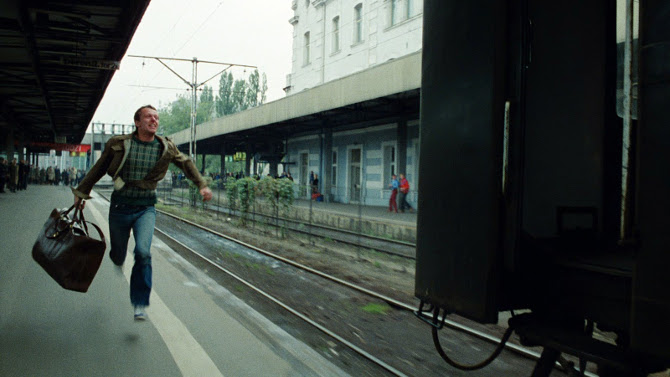
If You Get a Chance. . .
Blind ChanceJune 26, 2016Back in the early 1980's, Polish writer/director Krzysztof Kieslowski made a film titled Blind Chance, which scrutinized the concepts of luck, predetermination, and how one minuscule happening (through blind chance) can change your life in wholly different ways. Filmed at the heart of the Solidarity Movement in Poland (a time when people rose up against the Communist government in the form of a trade union first led by Lech Walêsa – which led to greater freedom for a few years), Kieslowski
-
Star Pick with Michael Forest
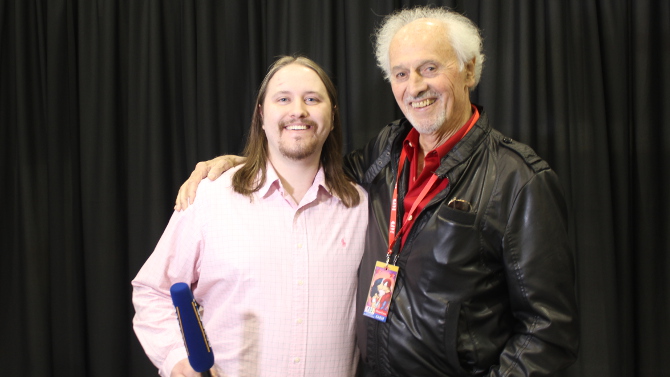 Apollo Re-Visits CasablancaCasablancaJune 14, 2016
Apollo Re-Visits CasablancaCasablancaJune 14, 2016"I remember 3 or 4 weeks before [filming Star Trek], I was working on a western, being beat up, and shot, and one thing and another. . . and then finally killed in the thing; and then a month later I’m in a gold tutu floating around as a God – so you never know in this business. It is very strange". That is a quote from iconic character and voice actor Michael Forest, who has been working in the business for more than sixty years. He humourously summed up life as an actor in the quotation above, referencing work on a western as well his classic turn as the God Apollo (in the episode ‘Who Mourns for Adonais?’) on the television series Star Trek. I was fortunate enough to interview Forest at CAPE, the Cornwall and Area Pop Expo as part of the fiftieth anniversary of the cult classic Star Trek.
-
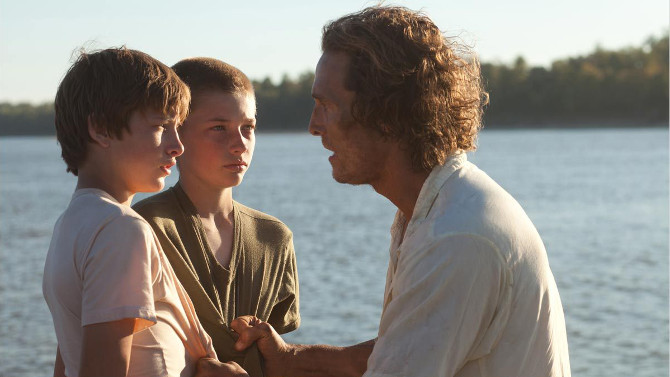
Rollin’ on the River
MudMay 22, 2016Some stories feel as though they have been with us since the dawning of time. They deal with universal themes of love, coming of age, revenge and friendship. A film that feels like a modern retelling of a long since forgotten tale is the 2012 drama Mud. Clearly based upon Mark Twain’s yarns that feature Tom Sawyer and Huckleberry Finn, the plot follows modern day youths Ellis (Tye Sheridan) and Neckbone (Jacob Lofland) as they come of age on the Arkansas River (a tributary of the Mississippi).
-
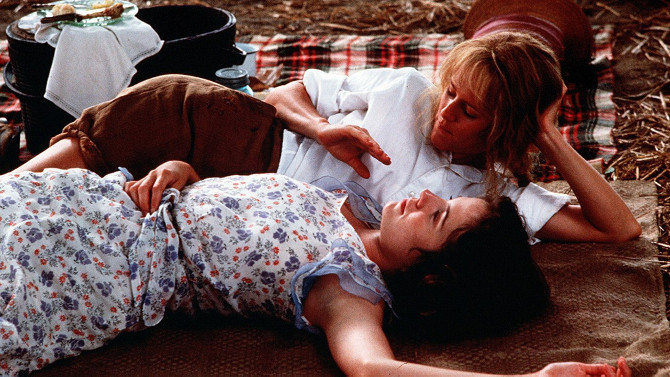
A Southern Delicacy
Fried Green TomatoesMay 3, 2016Certain novels, and their respective films, capture the beautiful yet complicated nature of the American south. The Adventures of Tom Sawyer and To Kill a Mockingbird are two such examples. A third book that has been transformed into a motion picture that illustrates this intriguing subject is Jon Avnet’s 1991 movie Fried Green Tomatoes.
-
Star Pick with Jenny Lampa
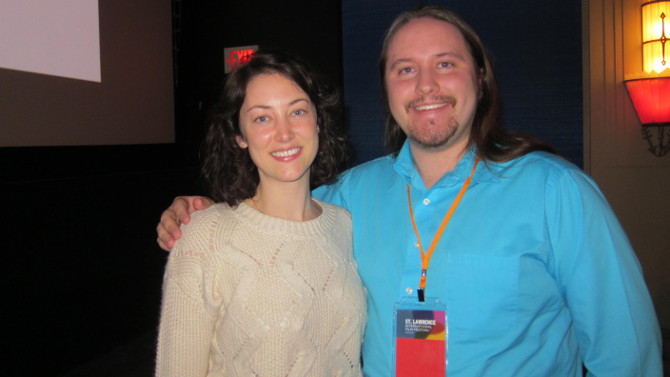 How Hours Mark the TimeThe HoursApril 26, 2016
How Hours Mark the TimeThe HoursApril 26, 2016Interweaving multiple stories can be a complicated thing to do. For every film that succeeds at structuring several tales into one powerful story, there are twice as many that fall flat. One movie that takes on this challenging task, tackling three separate narratives that take place in very different eras, is the 2002 dramatic motion picture The Hours. The film features several powerhouse performances from three superb actresses (Nicole Kidman, Meryl Streep and Julianne Moore), so it is perhaps not surprising that actress Jenny Lampa, who has earned rave reviews and has received a number of acting nominations for her performance in the Swedish thriller The Break-In, selected this as one of her favourite movies.
-
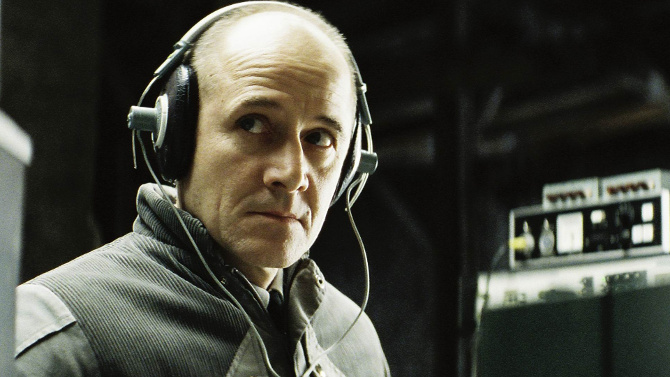
Are You Listening?
The Lives of OthersApril 17, 2016As viewers, we act as voyeurs, observing the intricacies of the character’s lives – their actions, interactions, relationships, affairs and countless other physical or mental manoeuvres. Films can act as therapy and relief, or can cause self-reflection, disgust or numerous other emotions depending on how we react to what we are scrutinizing on the screen. It may resemble something we have done in our own lives or could illustrate a seedy side of life that we have never even contemplated. A number of directors have cleverly infused their stories around the concept of voyeurism, adding a deeper level to our viewership, to great effect. The first filmmaker to come to mind is Alfred Hitchcock, who masterfully concocted Rear Window and Psycho around these themes, though there are countless other examples: Michael Powell’s Peeping Tom, Peter Weir’s The Truman Show and Stanley Kubrick’s Eyes Wide Shut are merely three more that fall within this category. A European motion picture that once again delves into this intriguing topic is Florian Henckel von Donnersmarck’s 2006 movie The Lives of Others.

